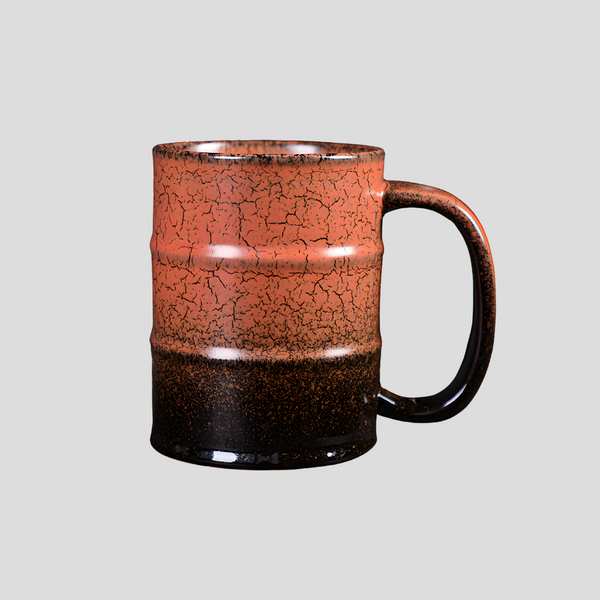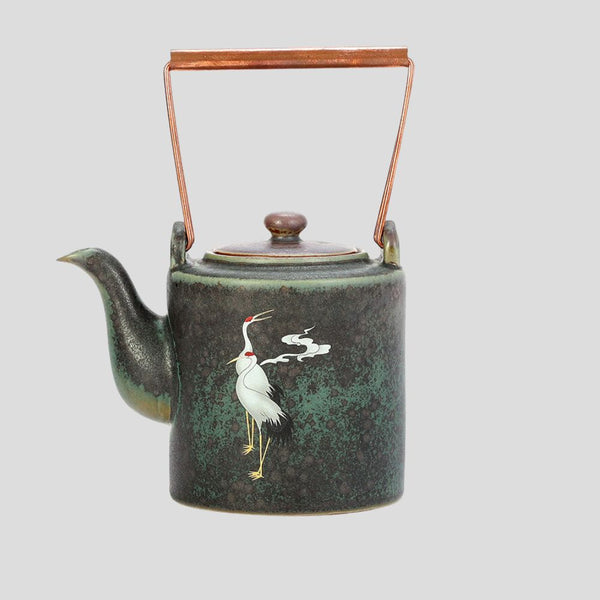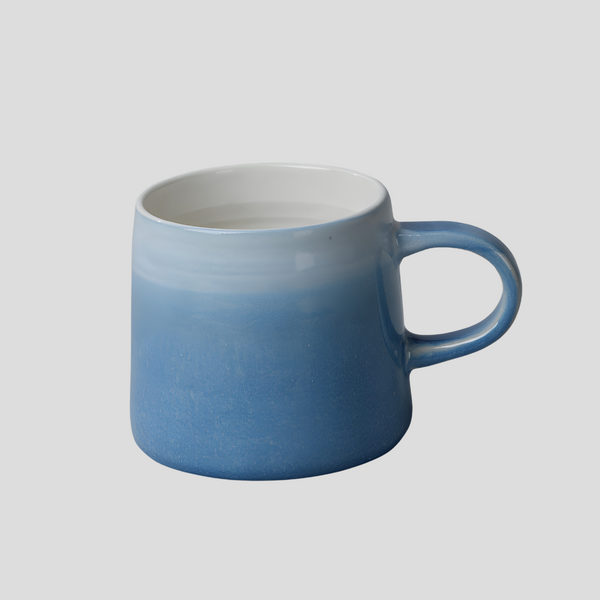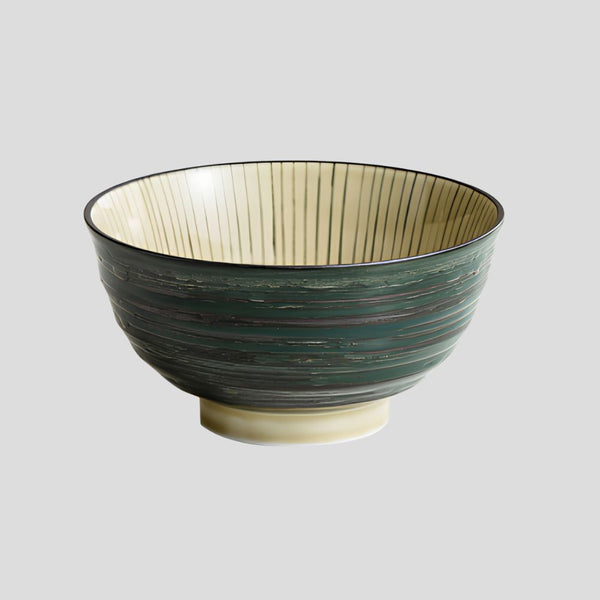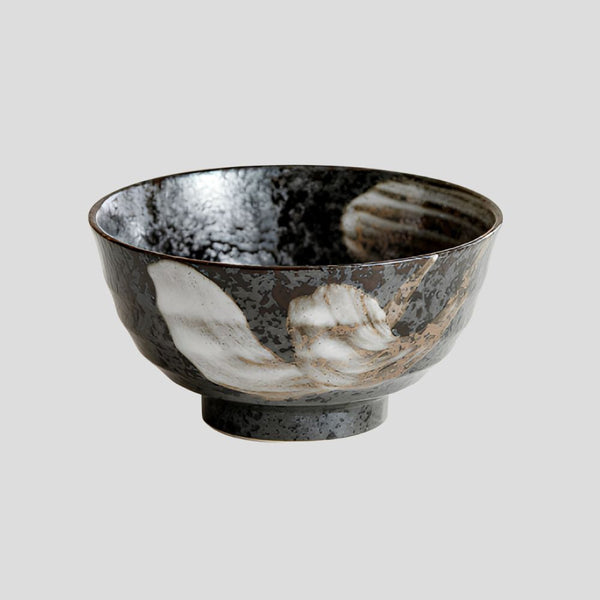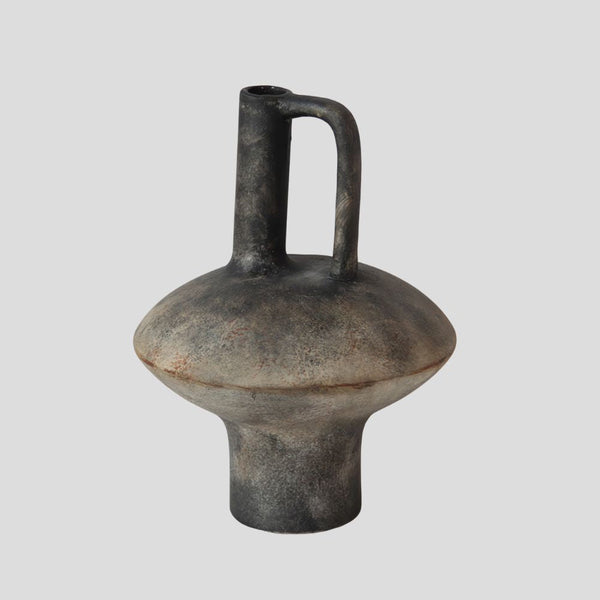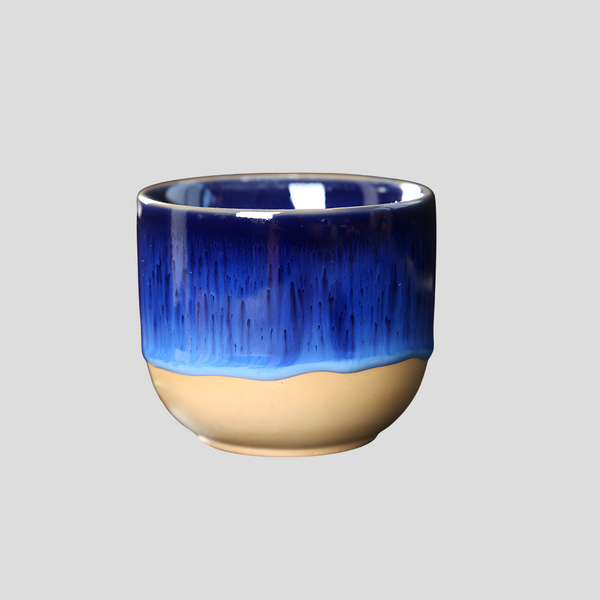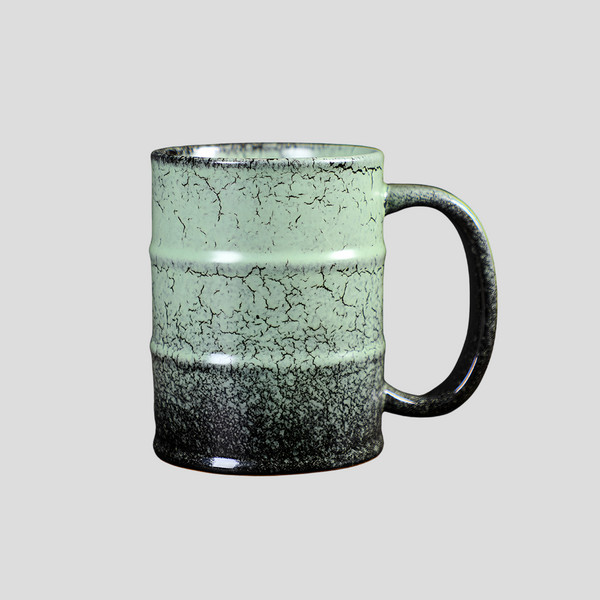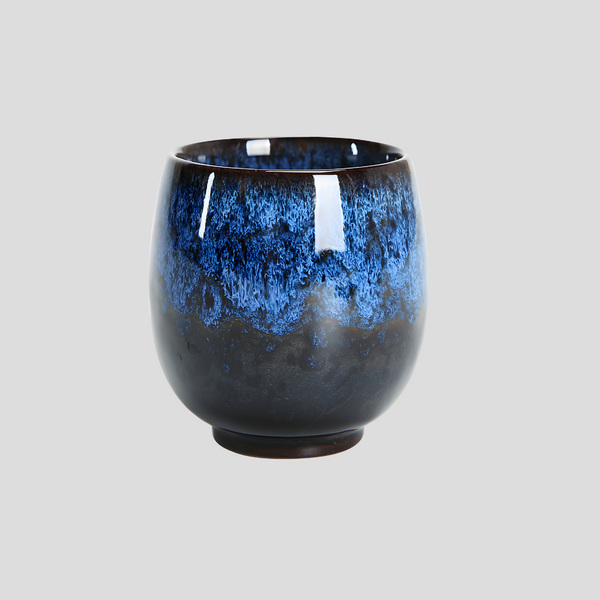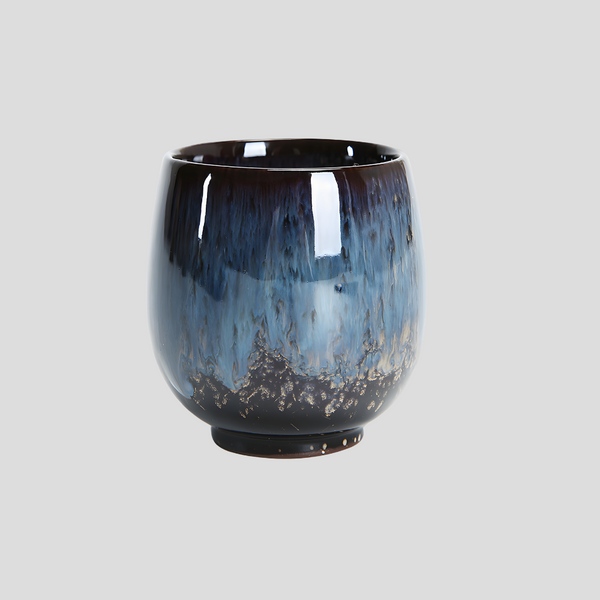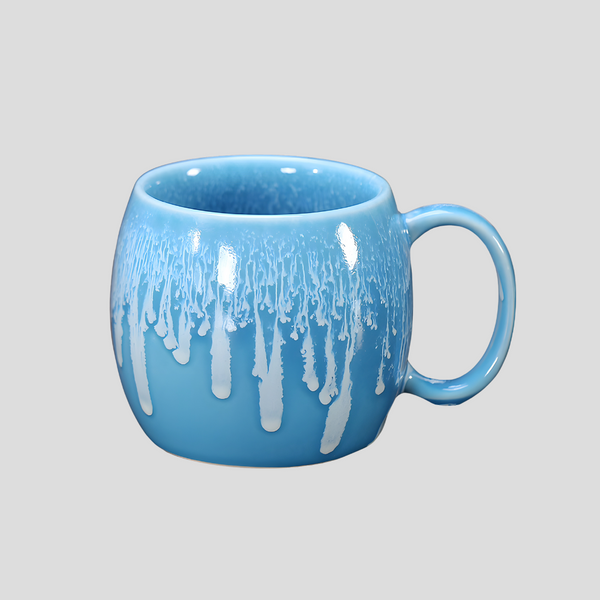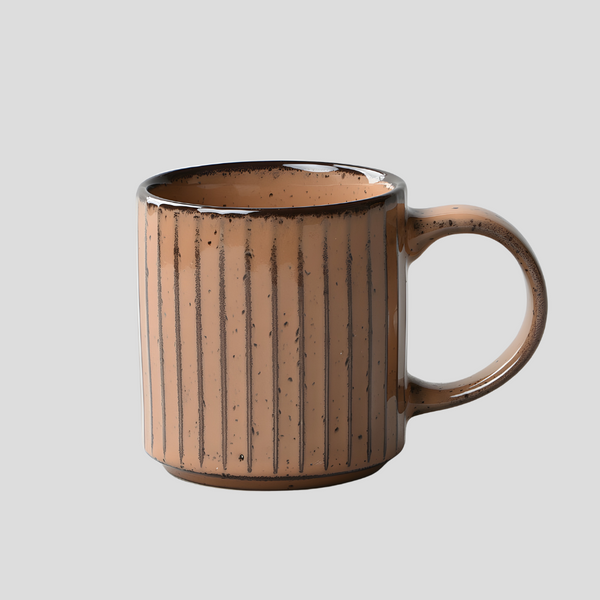
Pottery: The Timeless Art Form
Pottery: The Timeless Art Form
Pottery is one of the oldest human inventions, dating back to the Neolithic era. It encompasses the creation of objects with clay and other ceramic materials, which are then subjected to high temperatures in a kiln to ensure they retain their shape and durability. Across millennia, pottery has not only been a functional necessity but also a profound means of artistic expression. This timeless art form bridges the gap between utility and beauty, making it an integral part of human culture and history.
The Origins of Pottery
The inception of pottery is closely linked to the very development of human civilization. Initially, it served pragmatic purposes, such as storing food, water, and brewing beer. However, it quickly became a canvas for human creativity. Early potters began to embellish their creations with intricate designs and shapes, transforming simple vessels into works of art. The oldest known pottery pieces date back to around 18,000 BCE in East Asia, showcasing the long history and universality of the craft.
Techniques and Styles
Over the centuries, various pottery techniques and styles have evolved across different cultures. Some of the most common techniques include hand-building, throwing on a wheel, and slip casting. Hand-building is one of the oldest methods, involving creating pottery shapes by hand using coils, slabs, or pinch methods. Throwing on a wheel, which came later, allows for more uniform shapes and is often used for symmetrical pieces such as bowls and vases. Slip casting is a relatively modern technique used for making identical shapes by pouring liquid clay into molds.
Styles of pottery are as varied as the cultures from which they originate. From the geometric patterns of ancient Greek amphorae to the detailed narrative scenes on Chinese porcelain, pottery often reflects the aesthetics, values, and technological advancements of its time. The Japanese tradition of Raku, with its emphasis on naturalness and spontaneity, contrasts with the precise and delicate work of European porcelain. Each style offers a unique lens through which to view the culture that produced it.
Pottery Today
In the contemporary world, pottery continues to thrive both as a craft and an art form. Artisans and artists explore new materials and techniques, blending tradition with innovation. The rise of DIY culture and the increasing value placed on handmade goods have also led to a resurgence in pottery's popularity. Workshops and classes are widespread, offering people the chance to engage directly with the craft, building community around the act of creation.
Moreover, contemporary potters are pushing the boundaries of what pottery can be, using it to address modern themes and issues. From sustainable practices and local sourcing of materials to commenting on political and social issues through their work, today's potters are deeply engaged with the world around them. This engagement ensures that pottery remains a relevant and compelling art form, even as it continues to fulfill its traditional roles.
Conclusion
Pottery stands as a testament to human ingenuity and creativity through time. It embodies the merging of form and function, serving both practical and aesthetic purposes. As an art form, it connects us to our past, reflects our present, and inspires our future. Pottery is not merely about shaping clay but is a profound way of expressing human experience, making it truly a timeless art form.
Click this link to check out our ceramic artwork!
